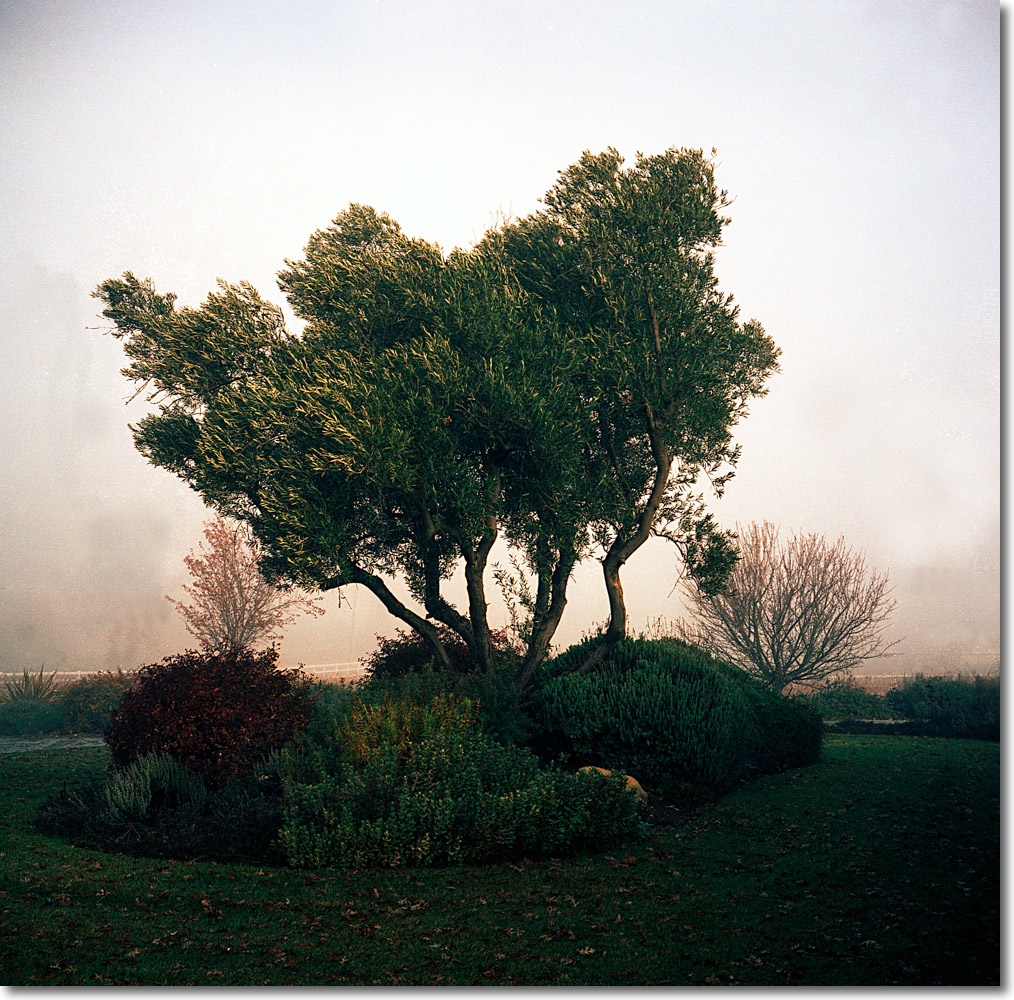Good photographs are like car accidents. Most happen close to home.
At first that sounds trite but a moment of reflection on the simple mathematics of travel discloses that most of our lives are spent close to home. We spend more time in the garage starting the car and waiting for the door to open than at any other point of any journey. Over many trips, a greater percentage of time is spent one mile from home than two. Travel five miles and you have to travel mile one. Travel a thousand and you still travel mile one. And so on. That is why most car accidents occur close to home, because that is where you spend most time.
That, too, is why most good photographic opportunities are close to home. The harried tourist, trying to find his way around Paris with a guide book, poor French and the ever helpful Parisian to guide him, arrives at the Eiffel Tower stressed and late. He is also tired, having lugged his gear a considerable distance in search of that once in a lifetime snap, aware that the chances of revisiting this location are remote. So to add to the newness of the environment are the additional pressures of failure (“I only have one chance to get this rightâ€), time pressures (“Must not miss that flightâ€) and equipment concerns (“Did I pack that ultra-wide lens?â€). The lighting is new, the length of daylight is new, the feel of the place is new. In other words, there are so many environmental changes that the chances of taking a well thought out, skillfully composed photograph are remote. As remote as the location.
Now compare that to the situation back home. You know the area within a five mile radius of your home like the back of your hand. If you don’t, well then you lack the curiosity to be a photographer. You have photographed it often, seeing new things every time, looking through ever more inquiring eyes, varying the time of day and enjoying various weather conditions. It matters not whether home is the Bronx or Brighton, there are as many photographic opportunities close to your home as anywhere else. No, there are more because you have time to see and think, luxuries not available to other than the most affluent tourist who can afford a month’s stay at a remote location of choice.
When I compiled my book Street Smarts, most of whose content is comprised of street shots in London in the mid-1970s, it dawned on me that over ninety percent of those pictures were taken within five miles of home. These were areas I knew and loved and had visited many times. The wonderful words Alan Jay Lerner placed in Henry Higgins’s mouth in My Fair Lady come to mind:
I’ve Grown Accustomed to Her Face
She almost makes the day begin.
I’ve grown accustomed to the tune
She whistles night and noon.
Her smiles, her frowns,
Her ups, her downs
Are second nature to me now;
Like breathing out and breathing in.
I was serenely independent and content before we met;
Surely I could always be that way again and yet
I’ve grown accustomed to her looks;
Accustomed to her voice;
Accustomed to her face.
And that is exactly how I thought of the London I was photographing. Our relationship was a continuum, having good days and bad, great weather and foul, exhilaration and despair.
And that, whether you love your location or hate it, is how, I suggest, you feel about it too.
So the best pictures are to be found on your doorstep as no one knows it as well as you. The following snap is of an olive tree on my California estate, outside the window on my left as I write. It was taken last November from my front porch, with the photographer splendidly attired in paisley pajamas and that dashing terry cloth robe which gives me the looks of a movie star. A foul morning, foggy and damp. But second nature to me now.
The best photographs are to be found close to home.
